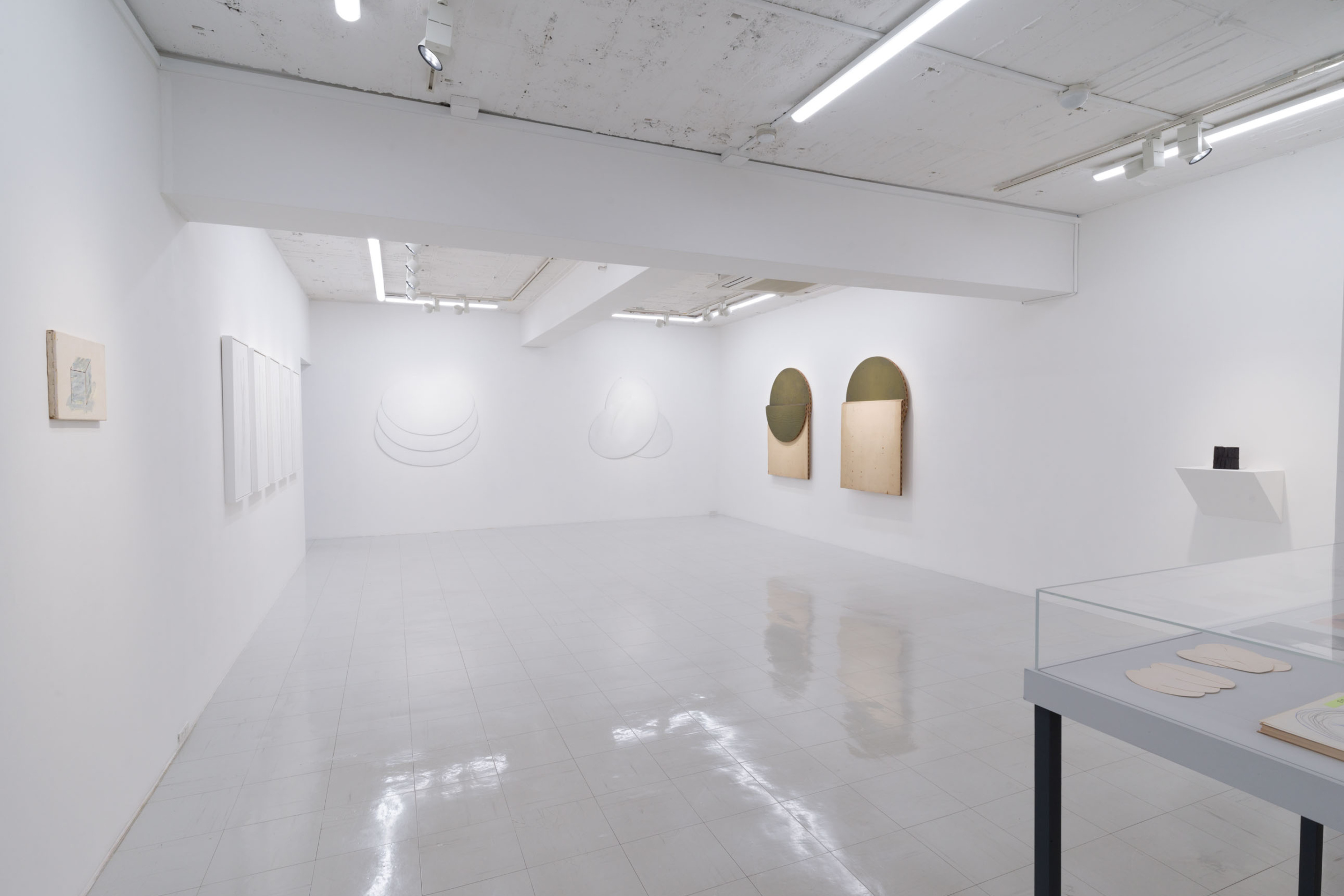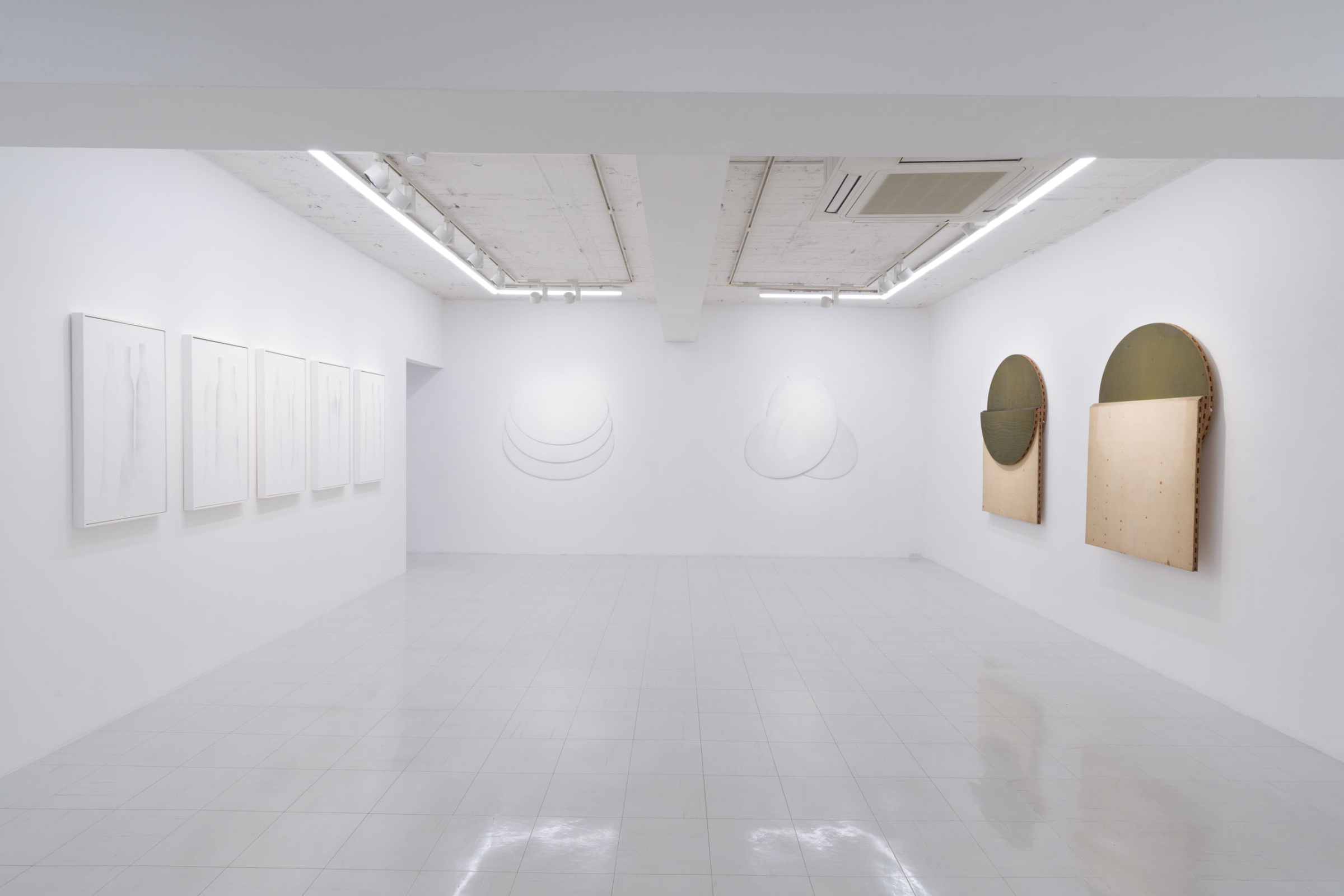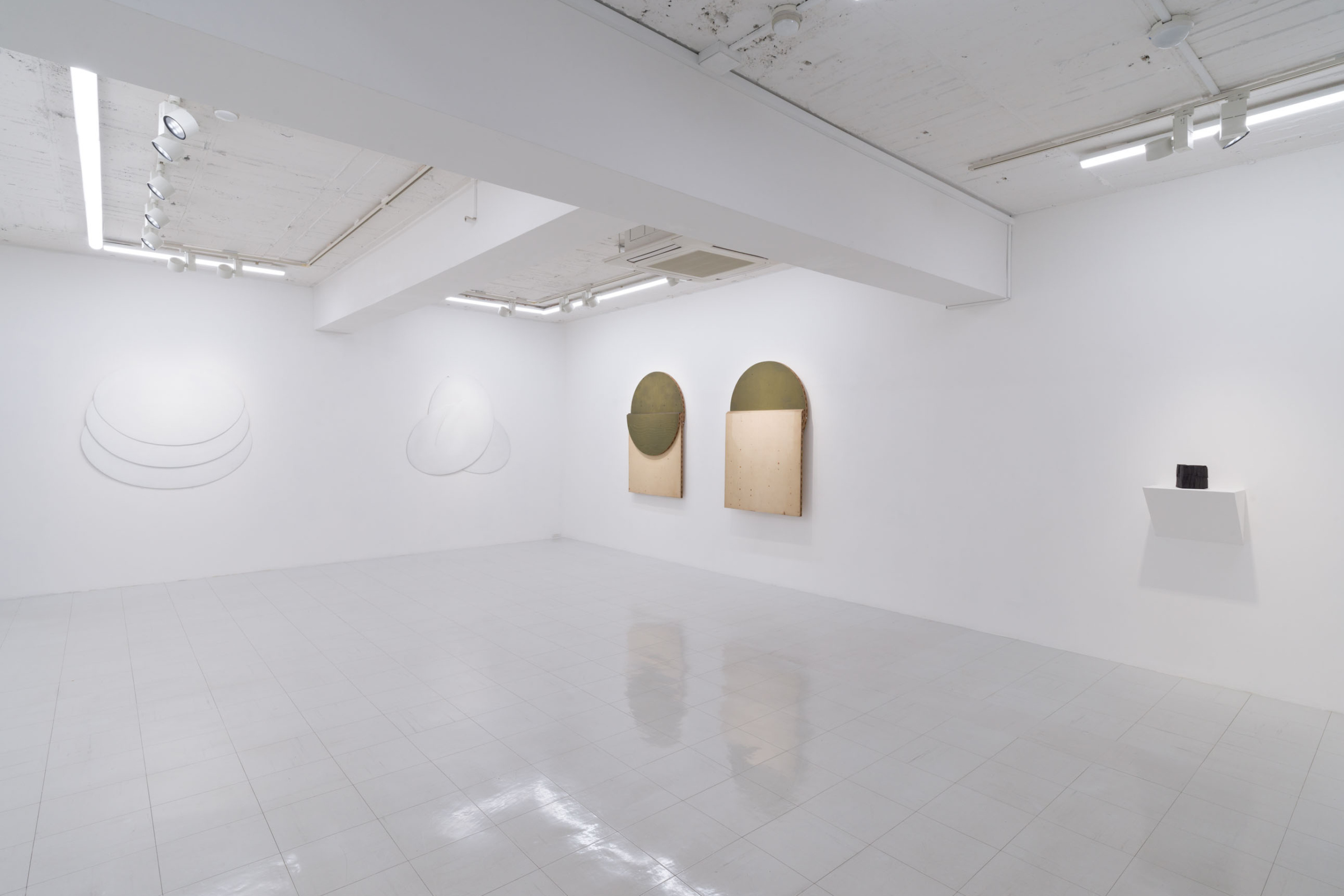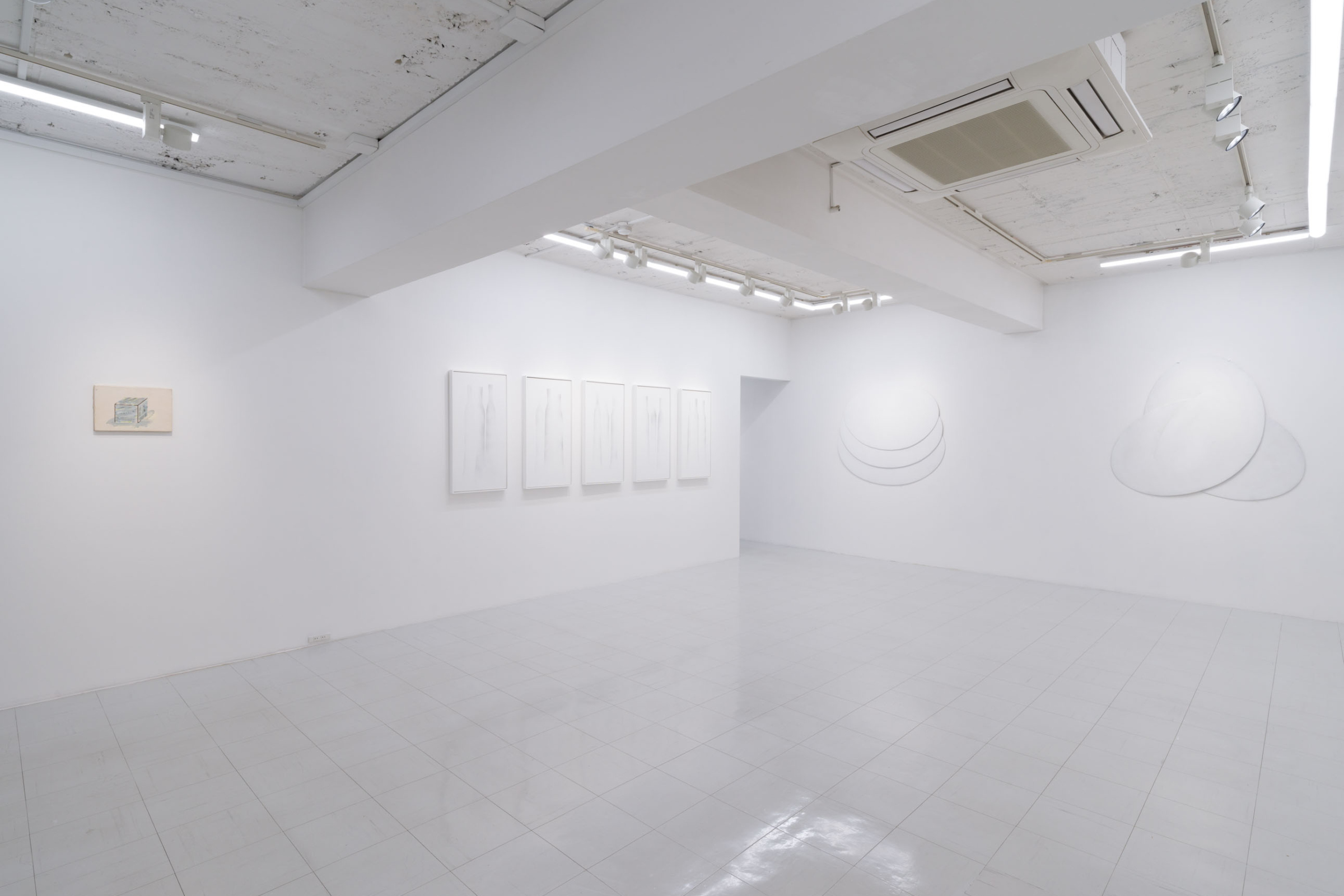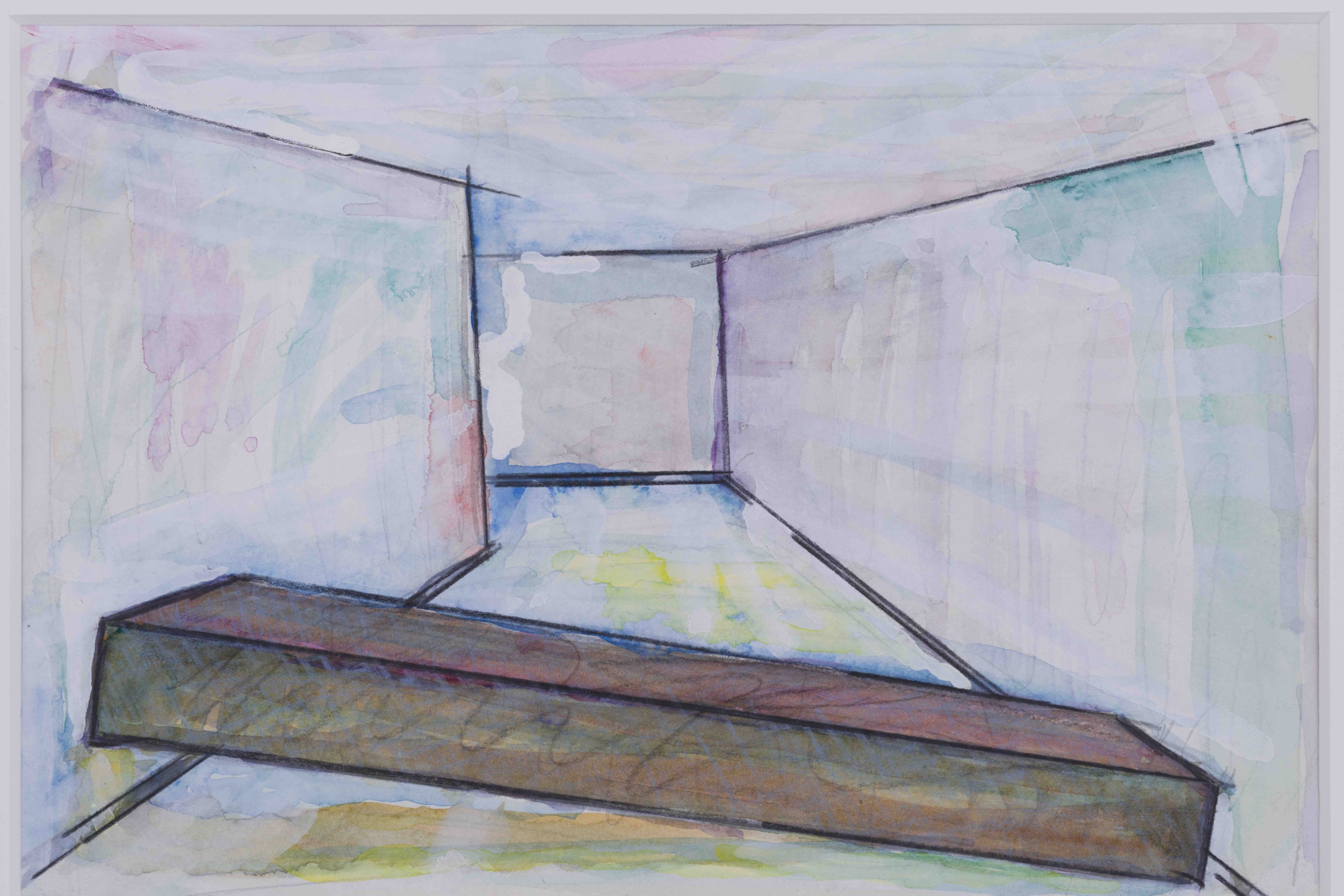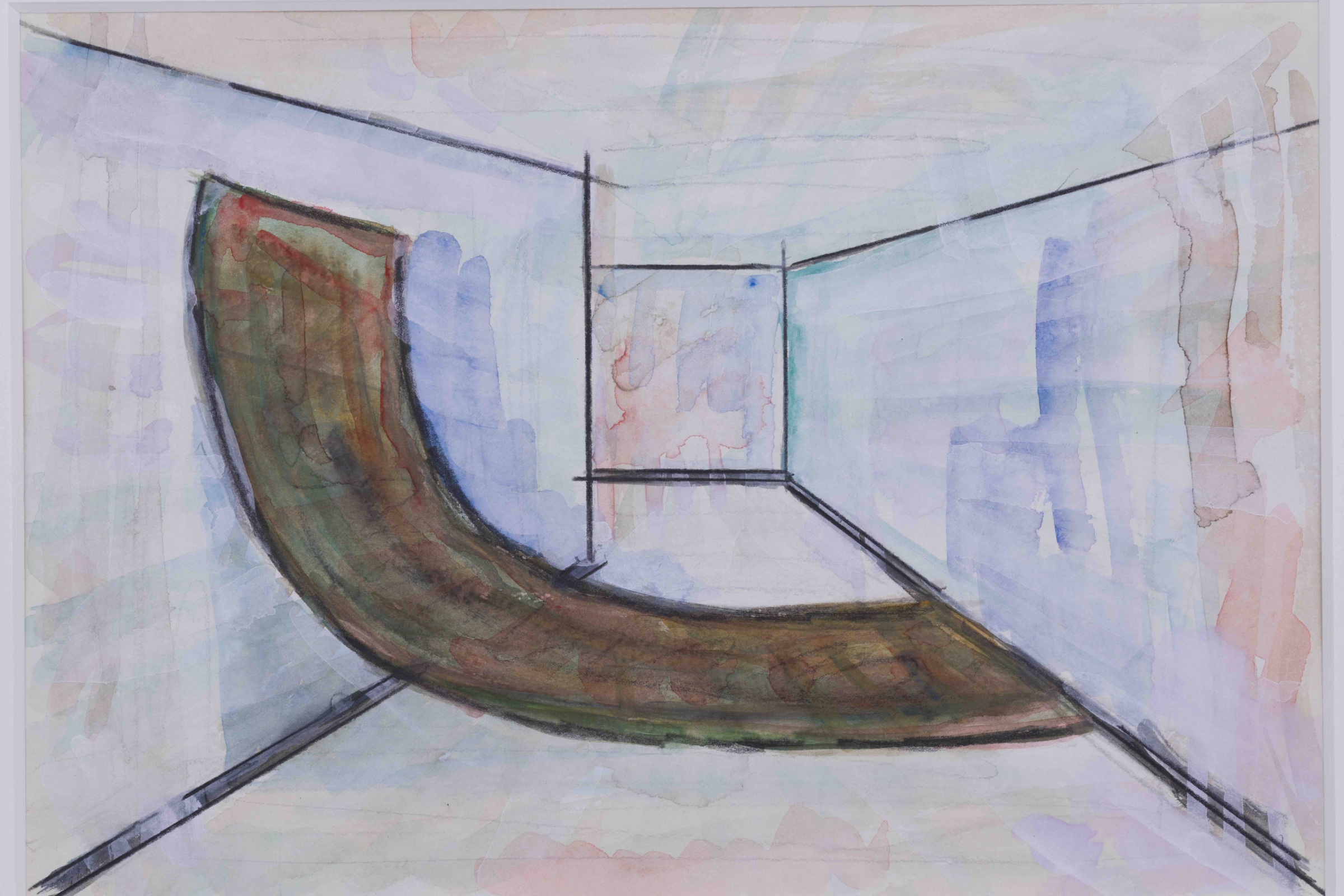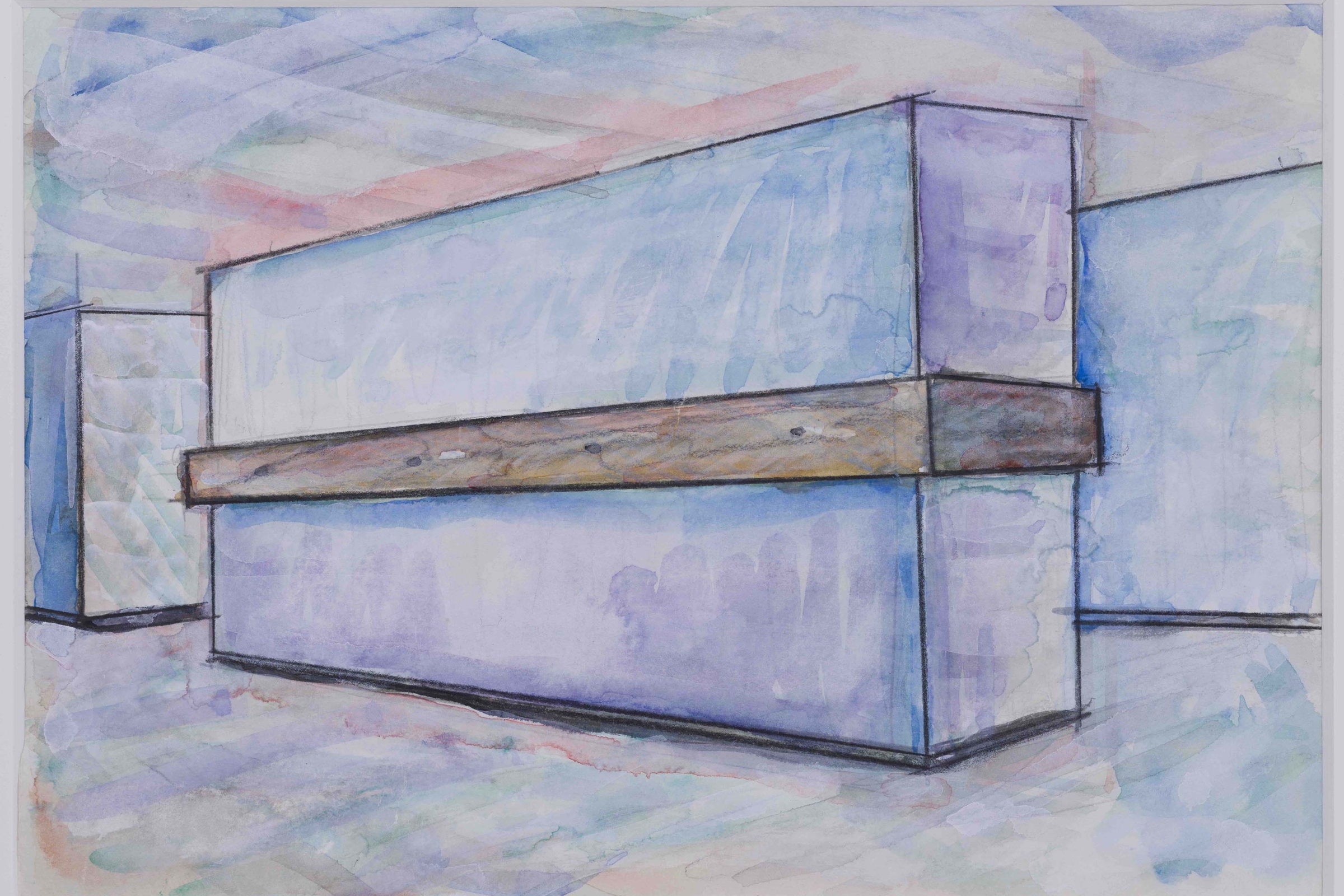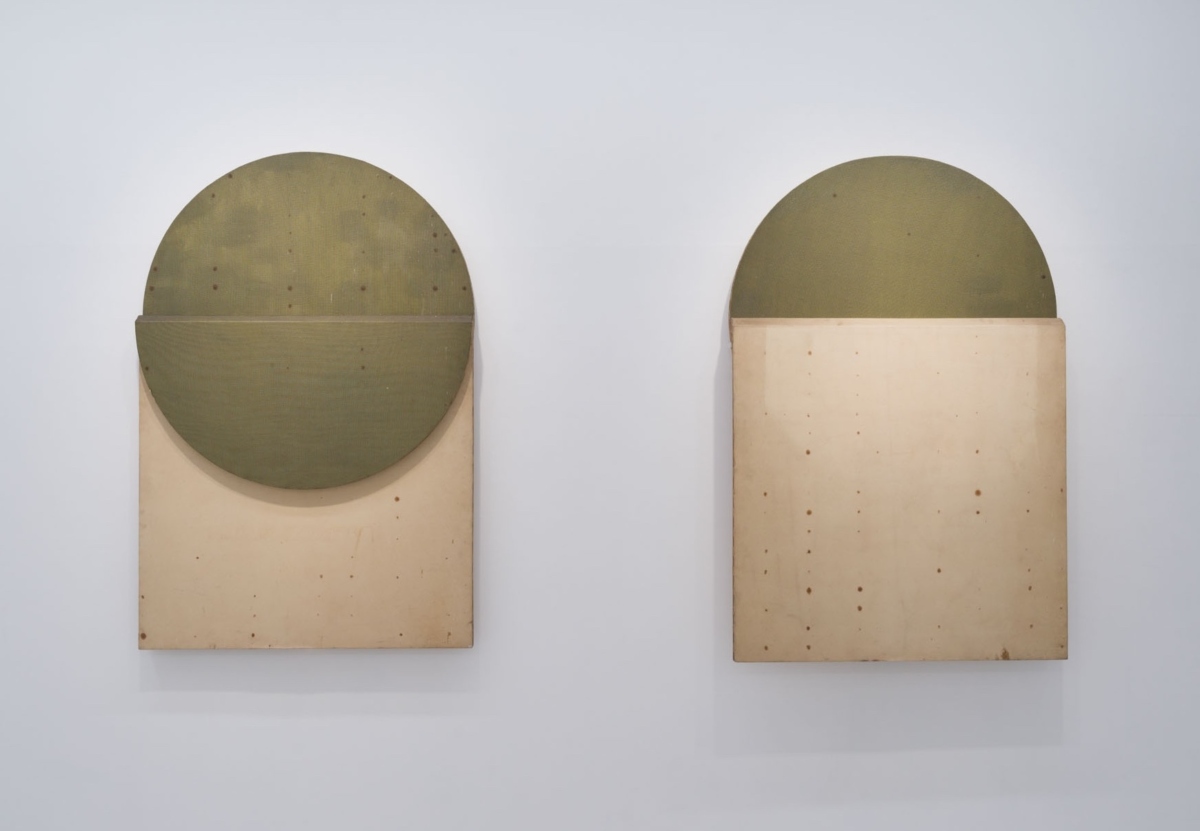Tokyo Gallery + BTAP is pleased to announce Katsuhiko Narita’s exhibition, opening on April 13th (Saturday).
Katsuhiko Narita (1944-1992) was born in Busan, South Korea. He joined the Department of Painting at Tama Art University in 1965 and worked as an assistant to Jiro Takamatsu, who was a lecturer at the university at the time. Narita’s style of addressing visual issues by delving into subjects in a conceptual manner was influenced by Takamatsu, and this eventually led to the birth of the Mono-ha movement. In May 1968, at a group exhibition at Ogikubo Gallery, he presented Mobile Structure consisting of seven soft sponge pillars. This work, which curved significantly under its weight, was characterized by its spatial interaction as the audience was free to move and manipulate the pillars. Narita continued to experiment with interventions in existing spaces, presenting works such as pieces of lumber spanning opposing walls (Susumu Koshimizu, Keiji Yabe, Katsuhiko Narita 3 Person Exhibition, Muramatsu Gallery, February 1969) and covering a portion of a museum wall with iron bands (9th Contemporary Art Exhibition of Japan, Tokyo Metropolitan Art Museum, May 1969).
Narita's most iconic work, SUMI, was first exhibited at the 6th Paris Youth Biennale in 1969. The piece consisted of large pieces of charcoal that presented their materiality and evoked the passage of time by showing the decaying process of the charcoal. Unlike previous site-specific works that made viewers aware of spatiality and physicality, SUMI emphasized the presence of the material itself. SUMI was presented again in 1970, at the Tokyo Biennale ‘70: Between Man and Matter headed by critic Yusuke Nakahara, to which Narita participated along with Richard Serra, Christo, Carl Andre, Jiro Takamatsu, and Susumu Koshimizu, attracting significant attention. SUMI eventually came to be known as a work that is representative not only of Narita’s oeuvre, but of Mono-ha as a whole.
This exhibition focuses on Narita's works up to the 1970s, including sketches of Iron Band (no longer extant), painting works Still Life (Bottles) No. 1-5 (1974), and relief works the petal (1975-1977). After the producing SUMI, Narita returned to two-dimensional works, but his exploration of the issues of presence and absence, and of topological space and its schematization, can be discerned through these works throughout the 1970s.
We look forward to seeing you at the exhibition.
WORKS
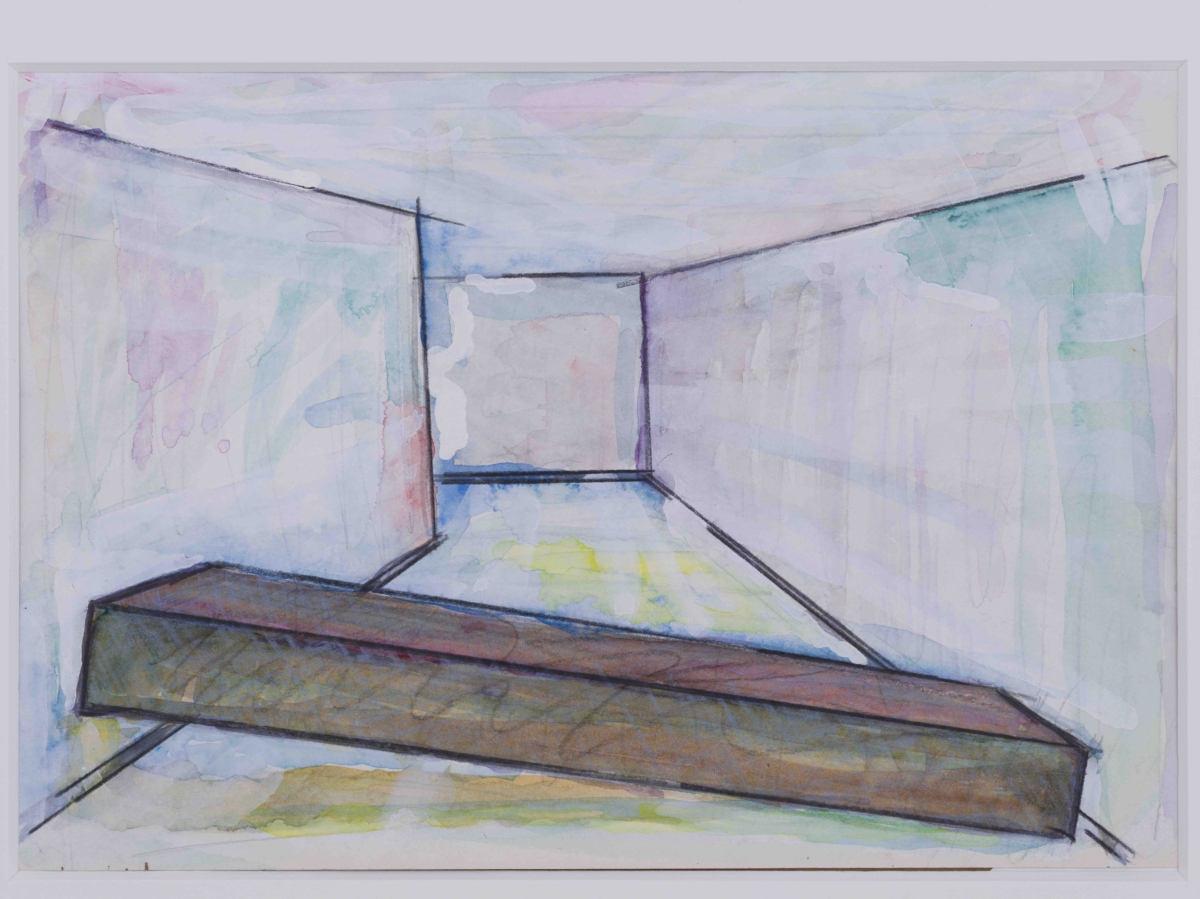
- Title
- File2-006
- Year
- c.1969
- Material
- Watercolour on paper
- Size
- 19 x 27 cm
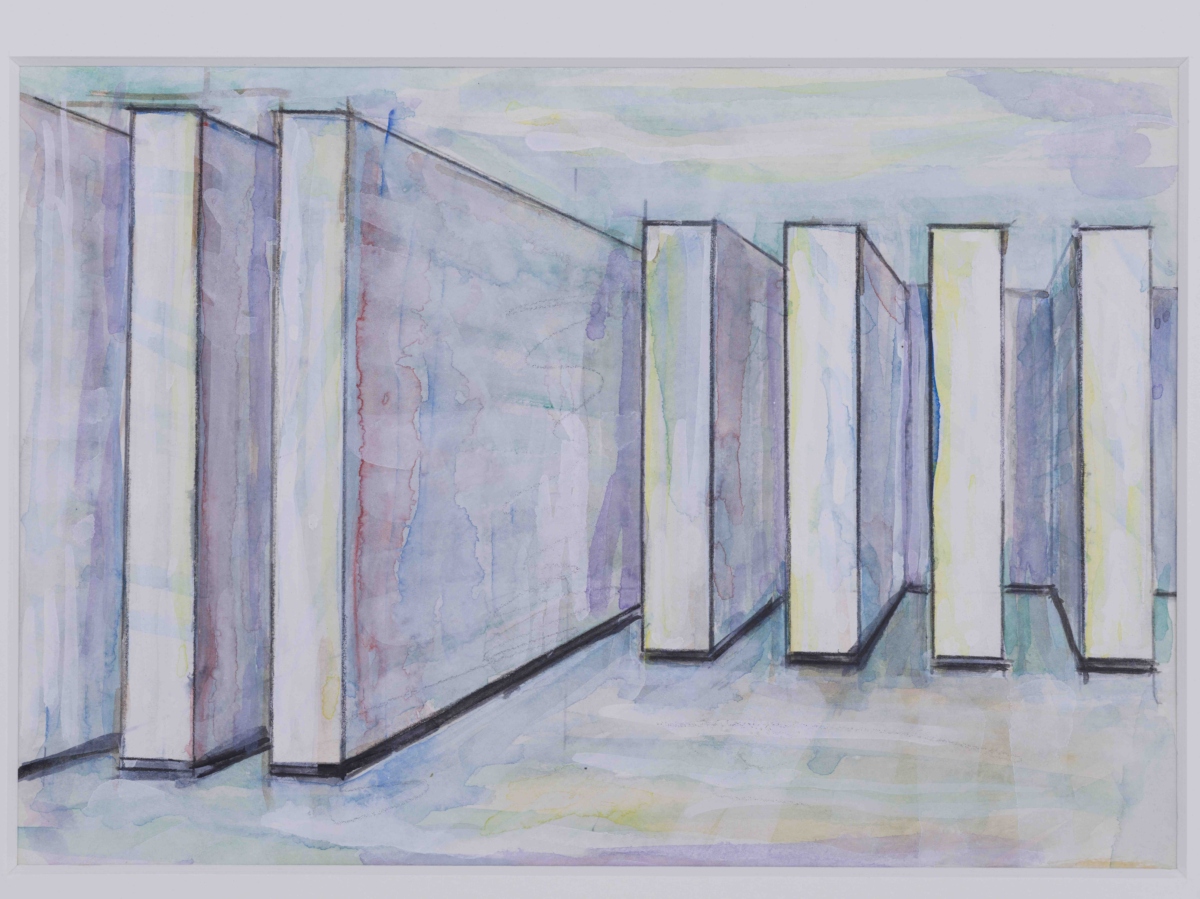
- Title
- File2-007
- Year
- c.1969
- Material
- Watercolour on paper
- Size
- 19.2 x 27.1 cm
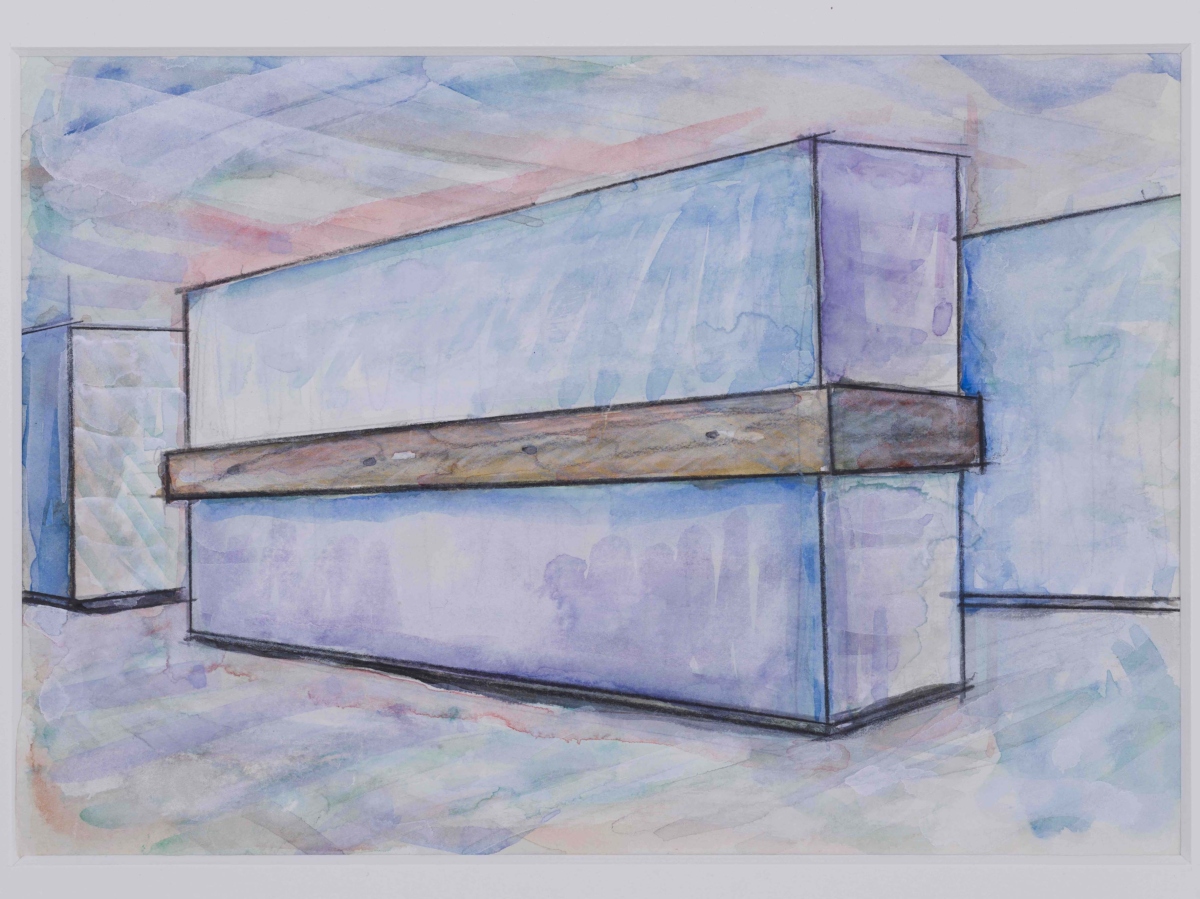
- Title
- File2-004
- Year
- c.1969
- Material
- Watercolour on paper
- Size
- 19.2 x 27 cm
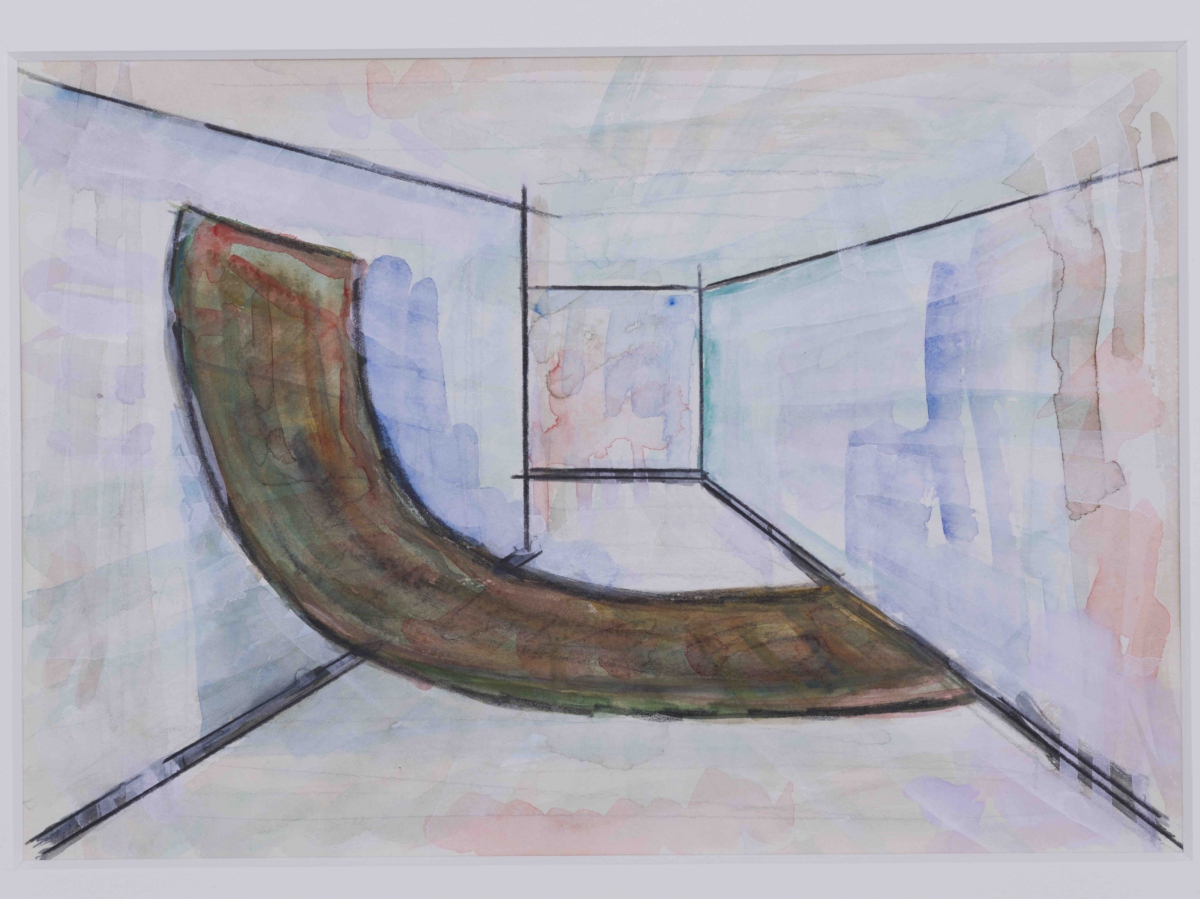
- Title
- File2-005
- Year
- c.1969
- Material
- Watercolour on paper
- Size
- 19.2 x 27.1 cm
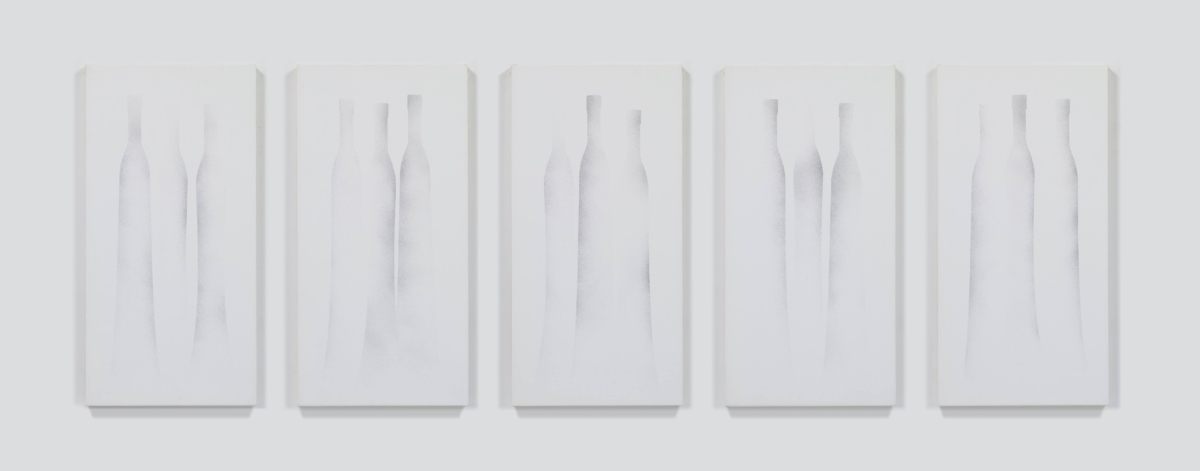
- Title
- Still Life (Bottles) No.1-5
- Year
- 1974
- Material
- Liquitex on canvas
- Size
- 90 × 45 × 3.5 cm (Set of 5)
